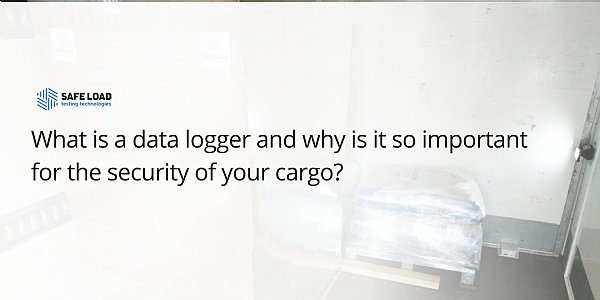Sustainability and simulation machines – Testing machines are very effective tools when reproducing the real conditions experienced by a load during shipping and handling in a lab setting, with the ultimate goal of designing a more efficient packaging.
Furthermore, this process involving simulation machines also offers an improved package sustainability. At Safe Load Testing Technologies we analyze why, and how to do so.
Testing machines: a step toward efficiency
Packaging optimization via testing machines implies the elimination of two possible negative scenarios.
- On one hand, it avoids under-packaging; in other words, a package that offers less protection than that which is required for the product being transported. By using simulation machines it is possible to prevent and avoid economic losses associated with product damages during the distribution cycle.
- On the other, these tests also help prevent over-packaging, which is to say, the package is optimized in a way that does not only guarantee the safety of the goods, but also that it is suitable for them and not excessive, which would lead to unnecessary costs.
Testing machines were created to perform packaging tests that allow for a suitable design, simulating possible scenarios and contingencies that may take place during the distribution cycle in a laboratory setting.
For this purpose, the following technologies and simulation machines are used:
- Vibration testers. They simulate vibrations that take place during the transportation of goods, testing the ability of a package to protect them. When combined with the Pitch&Roll module, they more closely reflect real transportation conditions by simulating pitch and roll.
- Impact testers, which simulate good damages caused by different kinds of shocks.
- Recording systems, which record the real-life hazards that take place during the distribution cycle (shocks, vibrations, accelerations…) so that data can later be analyzed and these events can be reproduced using the various transport simulation solutions available in a laboratory setting.
- Compression testers, which reproduce the compression forces that might take place during the distribution cycle, such as when stacking.
- Drop Tester, which simulates the free falls and rotational impacts that might affect the packages and products during shipping and handling.
- Stability systems such as the innovative innSlide Boomerang Horizontal Stability Tester, which simulate horizontal accelerations and decelerations that usually take place during road transportation and measure the load’s stability and rigidity.
- Measuring vision systems, composed of two high-speed artificial vision systems to record and analyze the deformation of the load unit.
Increase your efficiency with the innVision Pro!
Sustainability and simulation machines
The optimization through the use of testing machines does not only turn the entire distribution cycle into a safer process, but it is also an essential step toward obtaining a more sustainable packaging.
Studying the characteristics of a product + packaging system offers several advantages:
- Use of less material. For example, in regard to the tertiary packaging, transport simulation machines can reduce the use of stretch film, which in turn reduces the hours of use of the baling machine, waste generation and CO2 emissions during the manufacturing and transportation process.
- Reducing the size of the package – whether the primary, secondary or tertiary packaging – implies a greater optimization of freight space, minimizing CO2 emissions.
- Furthermore, using testing machines allows for testing the specifications and protective ability of materials. This phase is significantly important when it comes to designing the package and choosing the materials that are most suitable for the product and distribution cycle of each company. This also allows for testing new, more sustainable and eco-friendly materials – one of the key points of eco-friendly packaging, a growing trend in the packaging sector.
This type of material includes options such as:
- Stretch film made out of non-petroleum resins.
- Envelopes made out of recycled paper that can protect the goods.
- Sustainable adhesive tape.
- Sustainable solutions to cushion package contents, such as corrugated cardboard or inflatable biodegradable bags.
Driven by new regulations and a greater awareness by the end customer, many companies are already working to improve the sustainability of their packaging.
Additionally, 2019 brought with it a regulation that changed the playing field for many businesses: Amazon announced the implementation of its Frustration-Free Packaging program, which aims to reduce packaging material as much as possible. Amazon Lab was created to optimize packaging as per this new standard – a set of testing machines specifically designed to comply with the provisions of the Frustration-Free Packaging program and attain certification.
These and other initiatives show that sustainable packaging is the way to go, and at Safe Load Testing Technologies we are ready to help companies get started with it. Our more than two decades working in the packaging optimization industry are a testament to our work, and our simulation machines have already helped several companies save costs and generate more effective distribution cycles.
Get in touch with us and let’s talk about how we can help you



